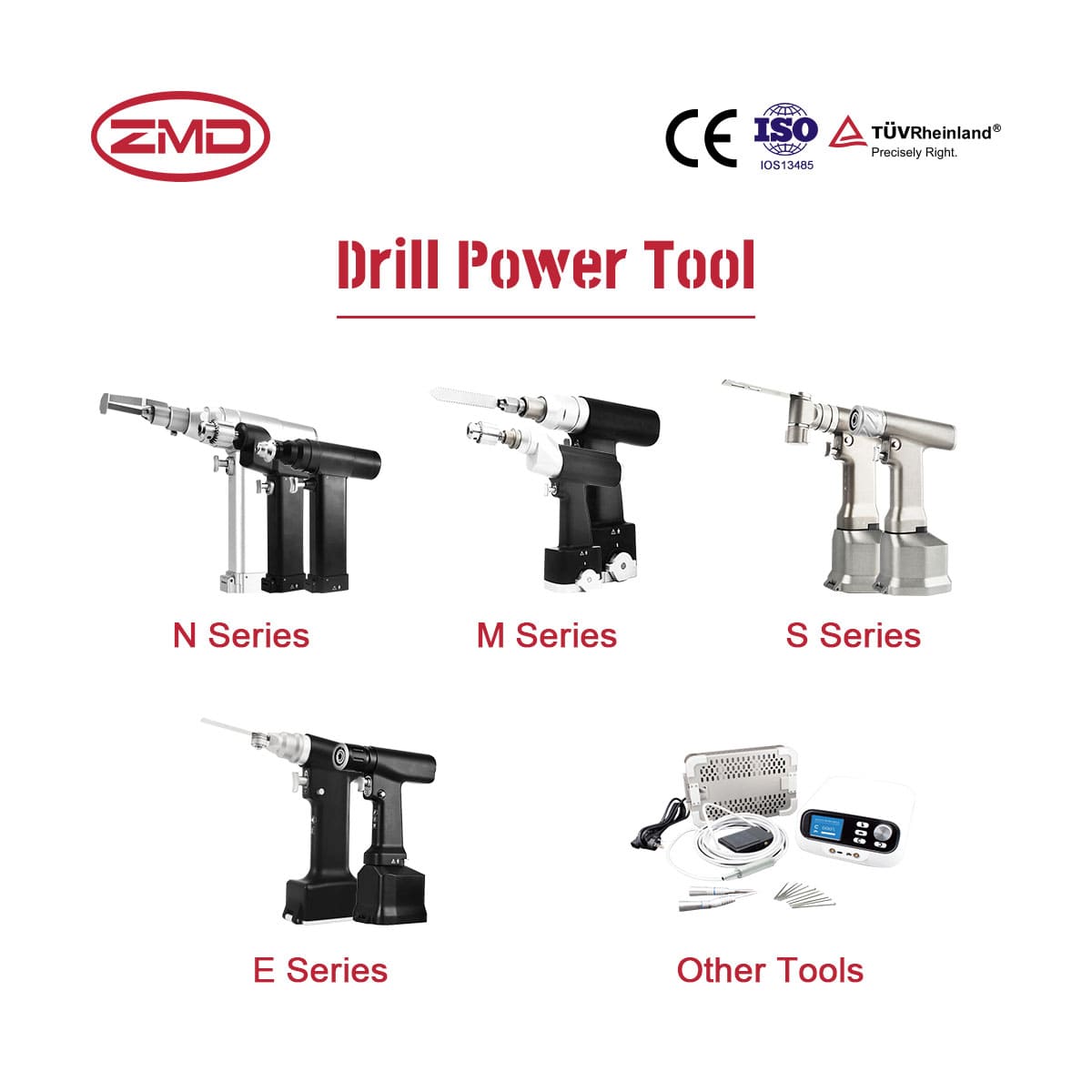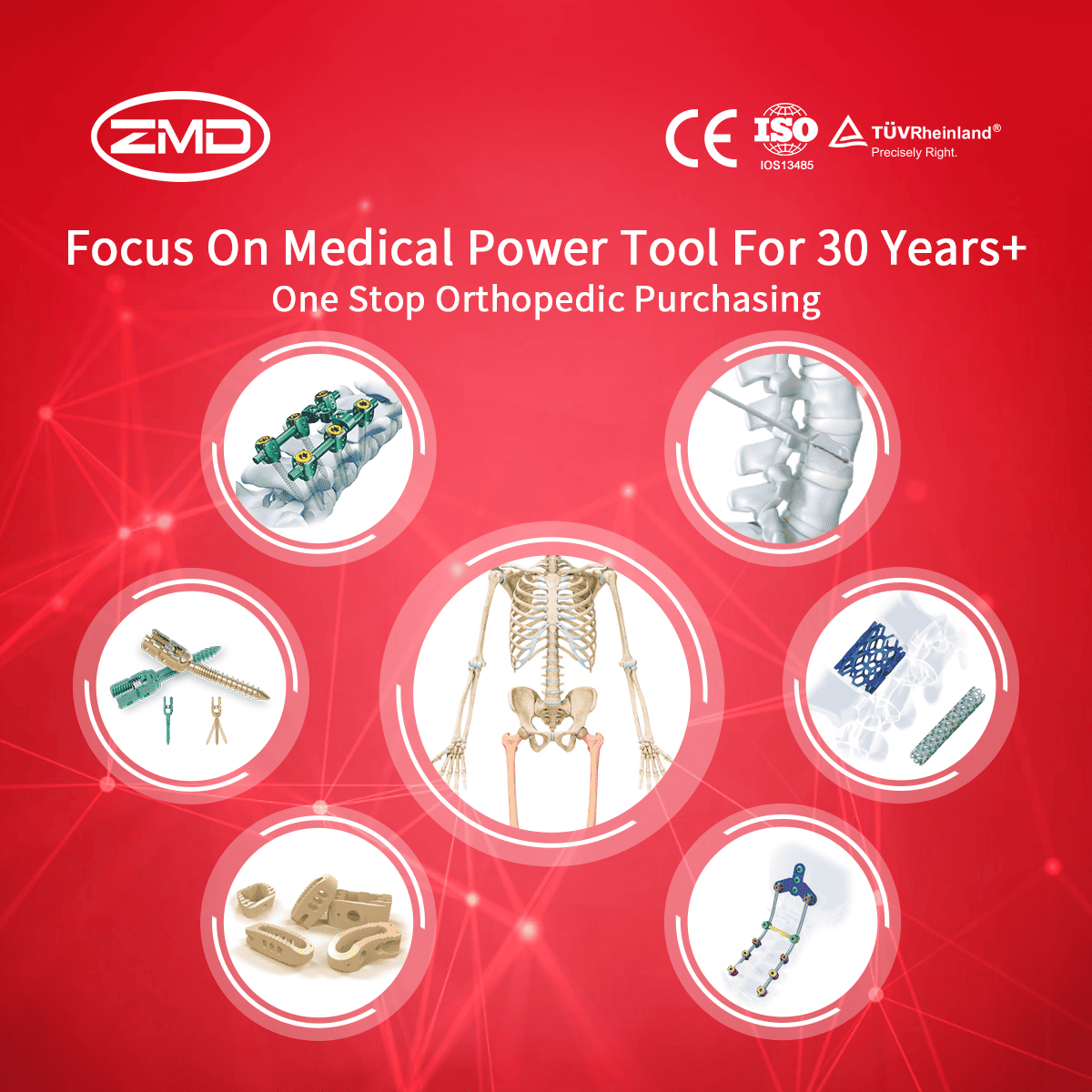Tibial Nail
ZMD
Orthopedic Products
What is a Tibial Nail?
A Tibial Nail serves as a specifically engineered medical implant, purpose-built to provide stability for fractures that occur in the tibia, which is the larger and forms the shinbone within the lower leg. Acting as a crucial component in orthopedic treatment, it presents a minimally invasive option that proves to be highly effective in dealing with various types of tibial fractures. By doing so, it creates an environment conducive to quicker healing of the fractured bone and helps enhance the functionality of the lower leg, enabling patients to regain normal mobility and use of the limb more rapidly


How Does a Tibial Nail Work?
A tibial nail is a specifically crafted medical implant that plays a vital role in orthopedics. Its main function is to stabilize fractures that happen to the tibia, which is the bigger bone located in the lower leg. As a frequently utilized orthopedic device, it is highly effective in handling diverse types of tibial fractures. Moreover, it provides the added advantage of being a minimally invasive option, which means patients can experience less trauma during the implantation procedure while still receiving an efficient treatment for their fractures
How a Tibial Nail Works
Intramedullary Placement
Locking Mechanism
Biomechanical Function
Why Use a Tibial Nail
Minimally Invasive
Faster Recovery
Improved Alignment
Less Pain
Blog
International Women’s Day: Salute to the “She – Power” at ZMD
International Women’s Day: Salute to the “She – Power” at ZMD Amid the trends of “Intelligent Medical Devices” and “Minimally Invasive Medical Technologies”, ZMD thrives
Discover Innovation with Sunan Medical at AAOS
Discover Innovation with Sunan Medical at AAOS The American Academy of Orthopaedic Surgeons (AAOS) Annual Meeting is the premier event for orthopedic professionals worldwide, offering
Visit Us at Expomed Eurasia 2025: Discover Sunan Medical’s Innovations
Visit Us at Expomed Eurasia 2025: Discover Sunan Medical’s Innovations The 32nd Expomed Eurasia, taking place from April 24-26, 2025, at the Tüyap Exhibition and









